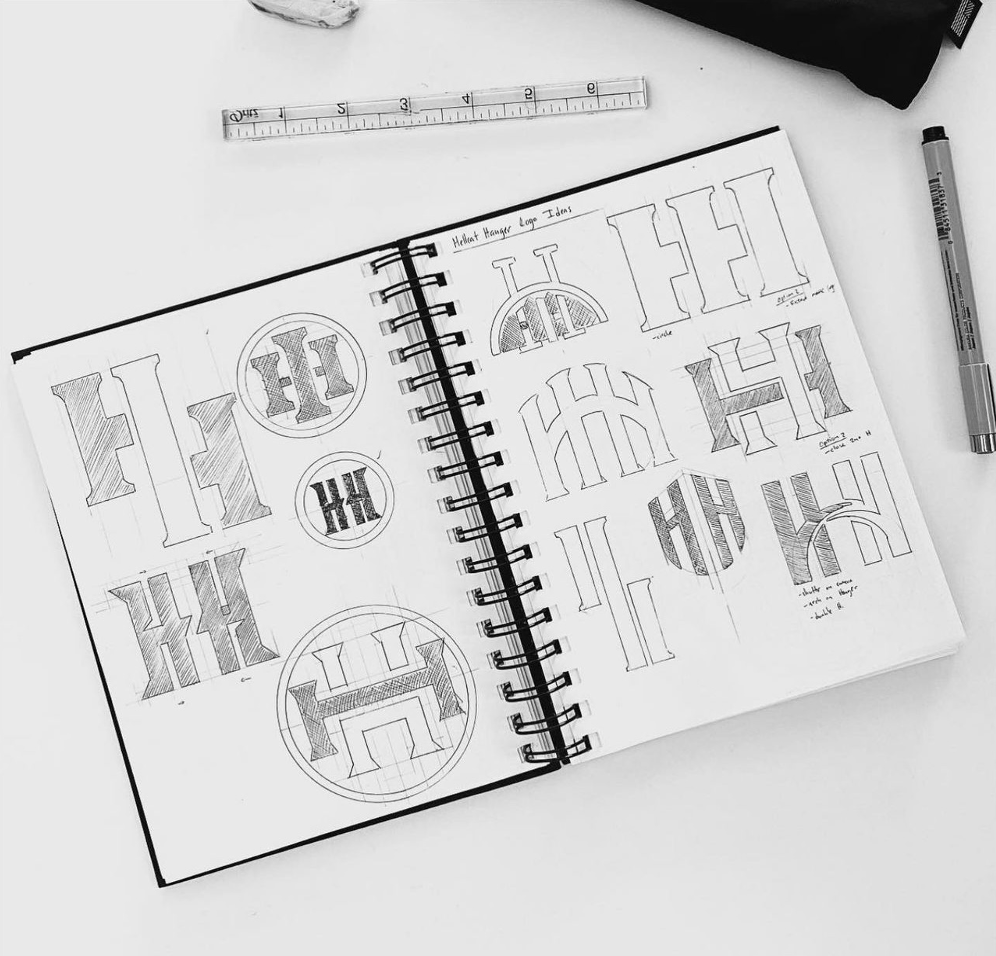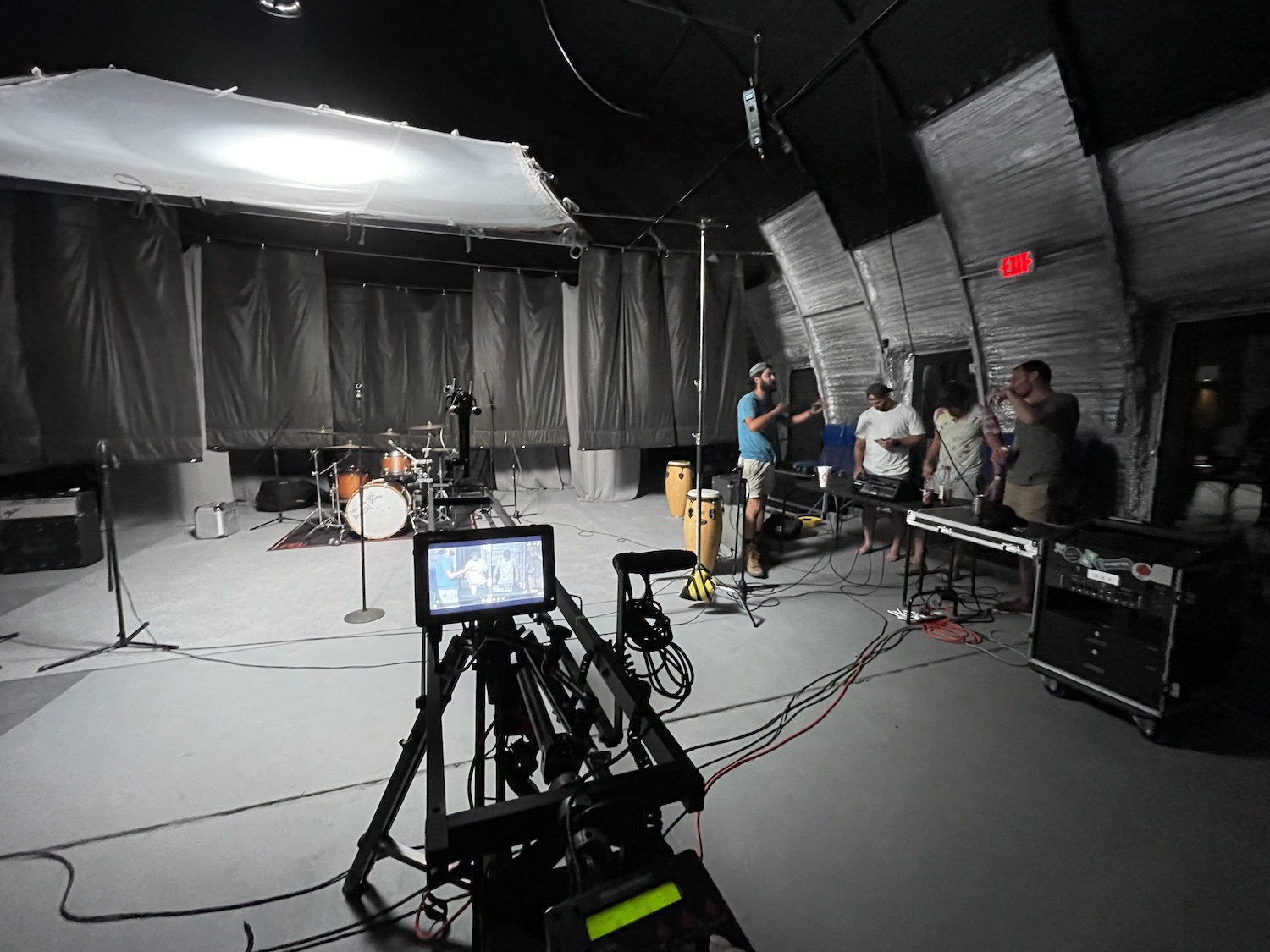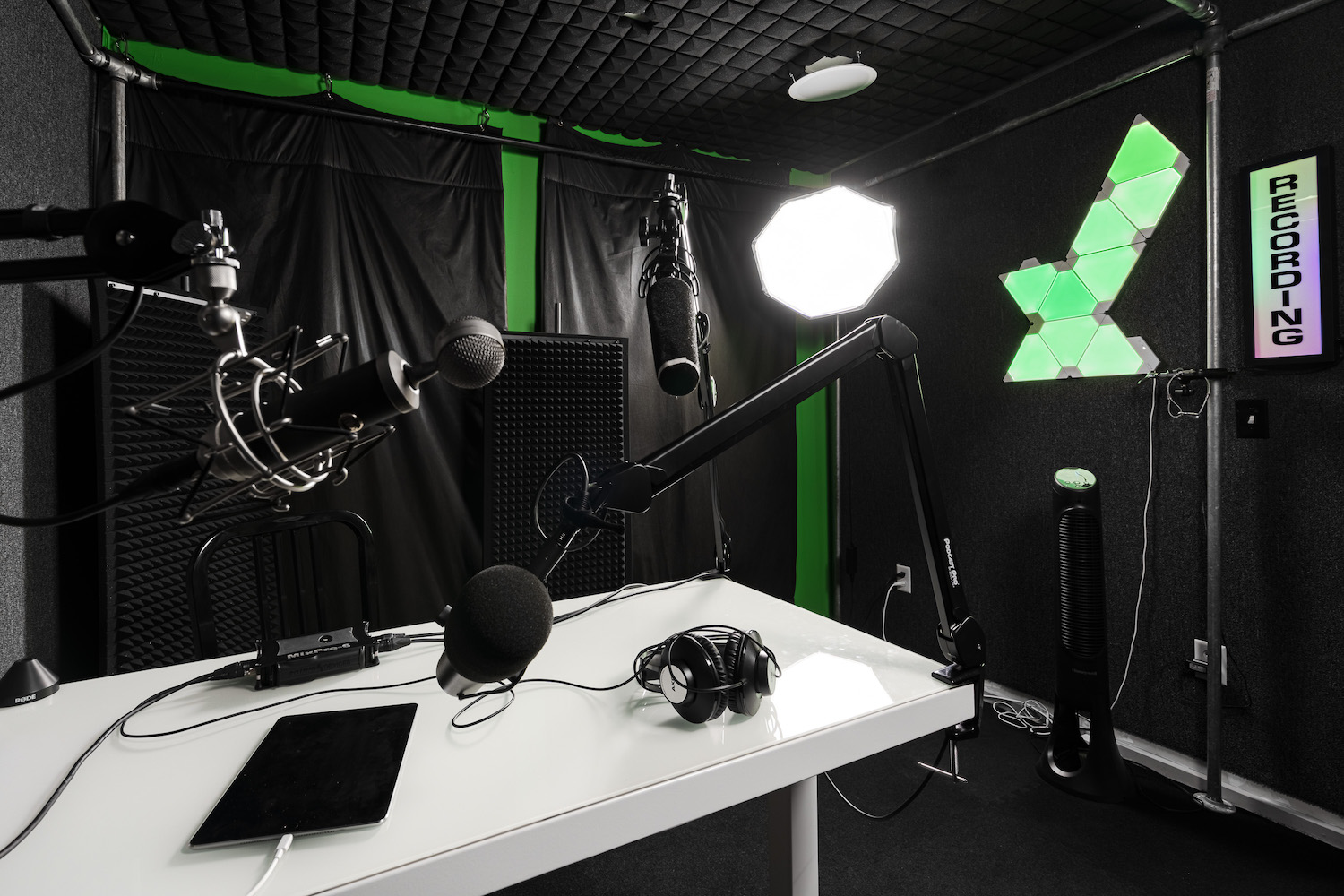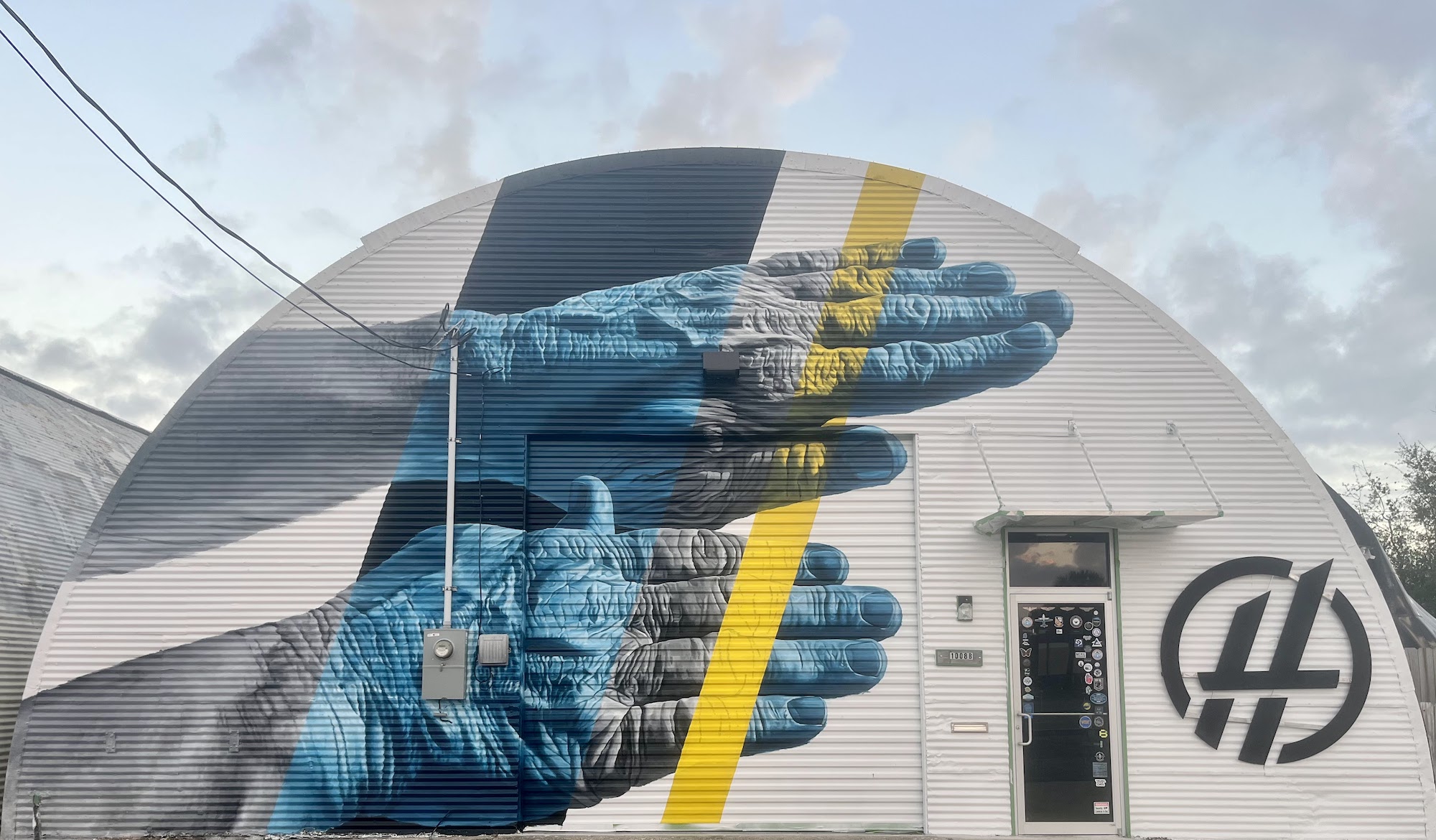 " alt="">
" alt="">
Building a brand is just like a great movie. It’s a journey filled with twists and turns, interesting characters, intriguing narrative and visuals that pull you in. Great brands establish meaningful connections that create trust and a clear identity, set apart from their competitors.
The Hellcat Hangar brand journey certainly fits that description and makes for a compelling story we’re excited to share. Over the next few months, we’re inviting you (yes, you…the incredible human scrolling this page) to join us for a new blog series entitled BRANDING BEHIND THE SCENES WITH HELLCAT. If you’re ready for the first article and a peek behind the curtain to see how we built our logo, keep reading.
Building a logo is a process, and we knew from the very beginning it was important to partner with a team that understood our vision. To begin the journey, our crew reached out to the Pensacola firm Blacktop and graphic design extraordinaire Lam Nguyen to create a unique custom visual that subtly incorporated the physical space we call home.
While the logo development process can take on many forms, we distilled our experience working with Lam down to the steps below. Collectively, these steps guide what to expect when you set out on this journey for your own business.
Designer Selection:
A great logo begins and ends with a great designer. However, it’s essential to identify a freelancer or brand development firm that can execute work that aligns with your budget and aesthetic expectations. When you interview designers or meet with prospective firms, ask for portfolios featuring logos they’ve recently completed to get a sense of their design style. If all their work has a retro vibe, but you are looking for something sophisticated and modern, it may not be a good fit. They should also provide you with a detailed scope of work or quote that breaks down, at minimum, what they will deliver, a price (a flat cost or range) and an estimated timeline.
“We were very fortunate to partner with Blacktop on our brand project. Having an existing relationship with the firm’s owner allowed us to easily establish expectations and confidence that they could deliver the look we were going for,” Ben added.
Research and Discovery:
The next step is research and discovery. This step, unlike the others, can be completed by you, the designer/firm or a combination of efforts. The goal is to clearly define your brand values and understand the target audience you want to reach by summarizing their needs and preferences. You’ll want to understand what makes your brand unique and differentiates it from your competitors in the marketplace. If you cannot make this information available to your designer/firm, be sure it’s part of the scope of work you hire them to complete.
Concept Development:
Once you have a solid understanding of your brand, target audience, and competitors, it’s time to start brainstorming ideas for your logo. This step typically involves the designer sketching rough ideas by hand or digitally. At this stage, it’s important to be open to new ideas and explore different directions for your logo.
“Ben and David knew they wanted a simple, modern logo that used the “H” to represent the shape of the building. However, they were very open to seeing what I could create,” Lam noted of working with our father and son co-owners David and Ben Van Der Like. At this stage, Lam also indicated it’s critical to “focus on the mood they are trying to convey and ask them to give me examples of what they like and even what they don’t like.”
Design:
Once you’ve narrowed your ideas to a few strong concepts, it’s time to start working on digital designs. This is where you’ll begin refining your concepts by selecting the color palette, typography and other design elements. You’ll likely go through several rounds of revisions, working closely with your designer to refine the design until it’s perfect.
“This part of the process is the most time-consuming because I wanted to show different variations for each of the three directions we narrowed down from the sketches,” Lam said. Working closely with David and Ben, Lam showcased different options for placing the text in relation to the graphic element or mark.
“At this stage, I also like to keep the treatments in black and white. If the design works well in its simplest form, then I’ve done my job,” Lam added.
Finalization and Delivery:
Once you’ve selected the design that visually represents your brand’s values, sets you apart from your competition and speaks to your target audience(s), it’s time to finalize the logo and prepare it for delivery. Typically, the step includes creating various file formats and sizes to use your logo on your website, social media profiles, business cards and other marketing materials. This step may also include creating a secondary layout when your primary mark will not fit in the space. Completing a comprehensive brand guide, sometimes called an identity or style guide, is often one of the deliverables in this step as well.
Regardless of the process you use for developing your logo, it’s important to remember that the journey is rarely linear. It can be complex and involve a lot of feedback. In fact, it should. While your logo is not your brand in its entirety, it’s a significant part and often the most visible to the world. Make sure it’s timeless and represents who you are now and who you want to be down the road.
We hope you’ve enjoyed this introductory article to the BRANDING BEHIND THE SCENES WITH HELLCAT series. Stay tuned for our next installment, where topics will range from how we developed our brand elements with local partners to our clients who’ve found success at the Hangar building their brands.
Latest Posts
June 21, 2023
Engage, Connect & Captivate with Video
Read More >
June 6, 2023
What You Need to Know About Podcasting
Read More >
May 23, 2023
 " alt="">
" alt="">
 " alt="">
" alt="">
 " alt="">
" alt="">